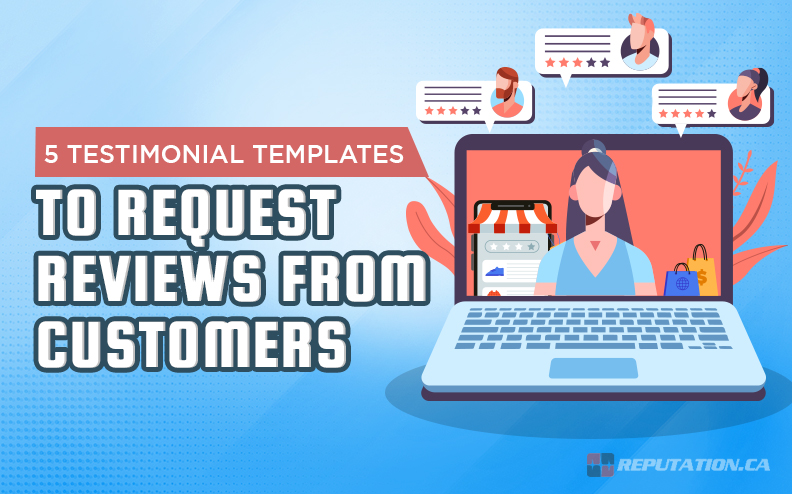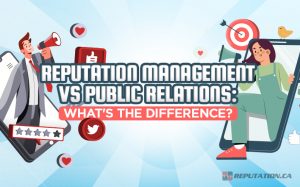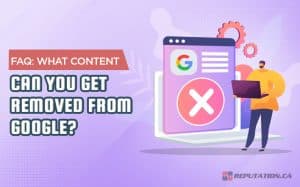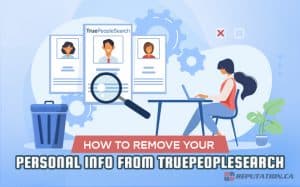Selling a product or service requires one resource, above all else: a reliable product or service to offer. This means maintaining quality control and offering customer service that goes above and beyond to keep customers happy and products functioning. Some people will never be satisfied with the quality of the products or services offered by a company. Regardless, working hard to keep your quality up is important to ensure a consistent consumer base.
Once upon a time, the quality of a company’s offerings was spread via word-of-mouth discussion. Now, modern technology has revolutionized the spread of information about companies, products, and services. The rise of the Internet has allowed consumers worldwide to leave reviews about services and products to keep the rest of the population informed.
Online reviews are usually considered a dangerous weapon against companies trying to stay ahead of their rivals. While negative reviews can be devastating (especially to companies that are only getting their footing in the industry), reviews are a double-edged sword. While reviews can damage a company if they are predominantly negative, positive reviews have the opposite effect and can boost a company’s reputation among potential customers.
The challenge is ensuring positive reviews for your company and product are generated by satisfied customers. People are more inclined to leave negative reviews, so accumulating positive reviews can be difficult if you do not make the process accessible to all customers. One of the best ways to do this is to use testimonial formats that consumers prefer over typical reviews.
What Are Testimonials?
Reviews are extremely common, but some people do not know that different types exist and that standard reviews are simplistic. We have all seen and even left reviews where we write out small snippets of our satisfaction or dissatisfaction with a specific product or service. Many reviews are accompanied by a star rating to push metrics up or down, depending on the aggregate score. However, these reviews are the shorthand version that does not offer much detail about the problem or product.
While they can provide insight into a customer’s general issues, they are usually not detailed enough to solve the problem completely. Fortunately, some companies offer a longer, more detailed alternative that enables customers to go in-depth with their comments. These longer reviews are called testimonials and are more effective than reviews for several reasons.

The biggest differences between testimonials and reviews are:
- Length: Testimonials are longer and can comprise multiple paragraphs rather than the short snippets used for reviews.
- Impact: Testimonials can provide more detail and express the full breadth of the customer’s satisfaction or dissatisfaction. This makes testimonials more impactful for customer service providers and potential customers.
- Format: Reviews are restricted to a single format: text. Testimonials can be created using several mediums to reinforce their message and improve their impact.
Ultimately, testimonials are more effective at getting the full story from the customer and showing it to potential customers who are curious about you. With that in mind, you need to know how your testimonials will be formatted depending on what medium you use. While allowing customers to freeform their testimonials might seem more honest, it can cause them to lose sight of the main point. Providing a format makes it easier for them to focus on the important details without going off on a tangent. The trick is finding a format for the different testimonial types.
Template for Quote Testimonials
Quote testimonials are one of the most common variants designed to get the customer’s thoughts out while honoring their exact words. Many testimonials are thought-out and formatted, but a quote testimonial focuses on the emotional impact of the results. The quote must convey the customer’s enthusiasm for the product while still outlining the key benefits they received from your product. Unlike most testimonials, quote testimonials should be concise and focus on the core sentiment.
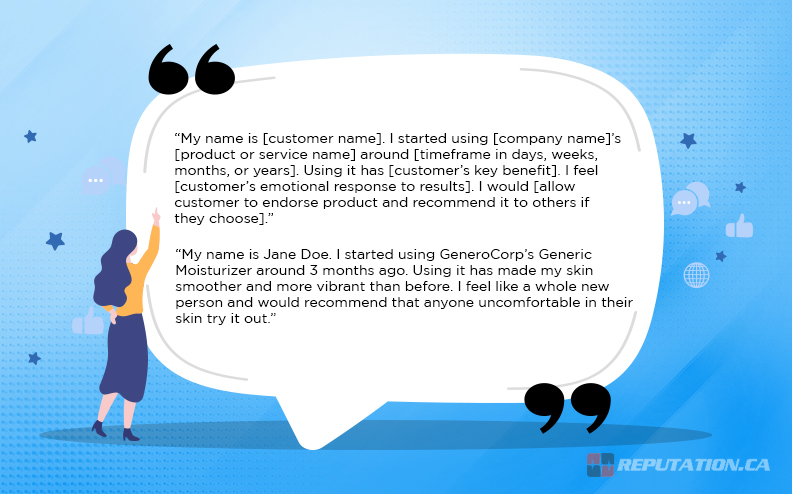
A good template for a quote testimonial is as follows:
“My name is [customer name]. I started using [company name]’s [service or product name] around [timeframe in days, weeks, months, or years]. Using it has [customer’s key benefit]. I feel [customer’s emotional response to results]. I would [allow customer to endorse product and recommend it to others if they choose].”
Let’s say your company (which we will call GeneroCorp) manufactures skincare products. The review would be:
“My name is Jane Doe. I started using GeneroCorp’s Generic Moisturizer around 3 months ago. Using it has made my skin smoother and more vibrant than before. I feel like a whole new person and would recommend that anyone uncomfortable in their skin try it out.”
It is important to note that quote testimonials (as with all testimonials) vary slightly in format and tone. Not everyone will follow the script exactly, but the template will help guide them to keep it as helpful as possible for others.
Template for Interview Testimonials
One of the more interesting types of testimonials is interview testimonials because they involve a company representative and the customer. This type of testimonial will have your company’s representative ask the customer questions about their experience, which they can answer as they see fit.
Unlike quote testimonials, where you can provide a guide on which points the customer should focus on, interview testimonials require you to determine the talking points. You can ask questions relevant to their experience while also humanizing them for readers.
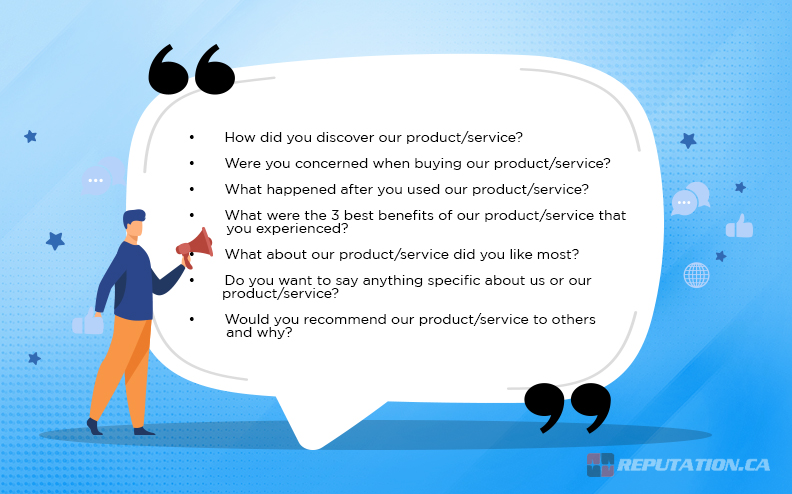
Some questions you should always ask include:
- How did you discover our product/service?
- Were you concerned when buying our product/service?
- What happened after you used our product/service?
- What were the 3 best benefits of our product/service that you experienced?
- What about our product/service did you like most?
- Do you want to say anything specific about us or our product/service?
- Would you recommend our product/service to others and why?
These questions hit all the key points, make your conversation more organic, and help the customer feel welcome to open up about their experience. In some ways, interview testimonials are one of the most effective, but you must be careful to ensure your customer’s responses do not sound manufactured. If your questions are phrased poorly, it might seem like you are trying to goad a specific answer out of your customer, which defeats the purpose of testimonials.
Template for Video Testimonials
While this type of testimonial might not be as widespread, there is something to be said about video testimonials. As the name implies, video testimonials are a testimonial where your customer is recorded while giving their review. This shows their face, emotional response, and expression to the ones viewing the testimonial. In many ways, video testimonials are the most humanizing since potential customers can see the person commenting.
Like the written testimonials, it is a good idea to provide a guideline so the customer knows what to focus on. However, the guideline should not be treated like a script since scripting their review is dishonest and defeats the purpose. Rather, it should help them focus on the talking points their testimonial needs so they do not miss key comments.
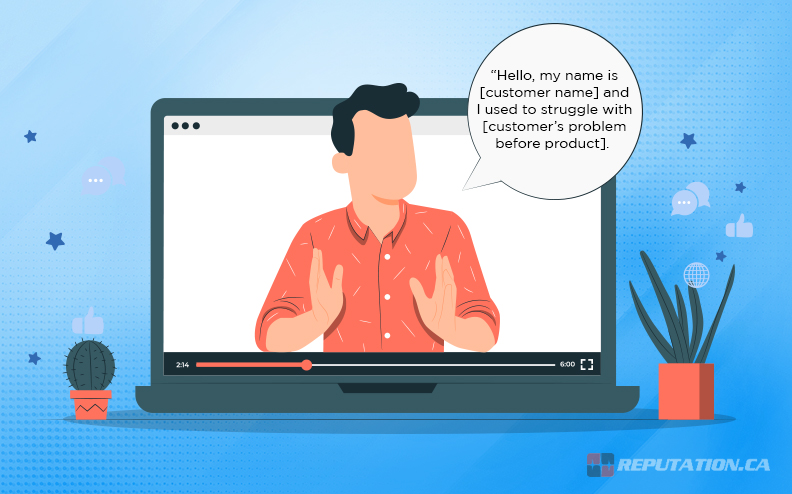
A good template for a video testimonial is as follows:
“Hello, my name is [customer name], and I used to struggle with [customer’s problem before product]. My issue [how the problem affected customer’s life]. I tried to fix it however I could, but it wasn’t until I used [company name]’s [service or product] that my problem was solved. After using it, [how product or service solved customer’s problem]. I recommend it to anyone who might [reiterate customer’s problem] like me!”
Once again, assuming GeneroCorp sells skincare products:
“Hello, my name is John Doe, and I used to struggle with painful acne breakouts. My breakouts made it hard for me to take pride in my appearance, and I was embarrassed whenever others saw it. I tried every product out there to get rid of them, but nothing worked. It wasn’t until I used GeneroCorp’s acne cleanser that my problem was over. After using it, my acne got lighter, and my breakouts less severe. I recommend it for anyone who has chronic acne like I used to!”
Video testimonials are extremely effective since the customers can see the person’s face and hear their inflection. In fact, we process video 60,000 times faster than any other medium, making video testimonials more practical. Just remember that it should not be treated as a play and must remain honest.
Modern information technology has opened the door for social media platforms, which began with websites like Friendster and MySpace before evolving into Facebook, Twitter, Snapchat, etc. Nowadays, social media seems to be one of the leading platforms for social, political, and religious discourse.
Even companies have become involved in social media, with many brands using corporate social media accounts as prototype homepages until a dedicated website can be created. Even with a dedicated website, social media allows customers and companies to interact and develop a rapport that can help improve relations. While these interactions are typically informal, they can also be used for customers to leave testimonials.
Unlike those hosted on your website, social media testimonials get an automatic audience through the customer’s following. If the customer happens to be an influencer, that could be an audience of millions who are suddenly learning about your product or service and its quality.
Unlike the other testimonials, there is no real template since social media posts must remain informal to gain traction. The advantage of these testimonials is that you can respond and express your appreciation.
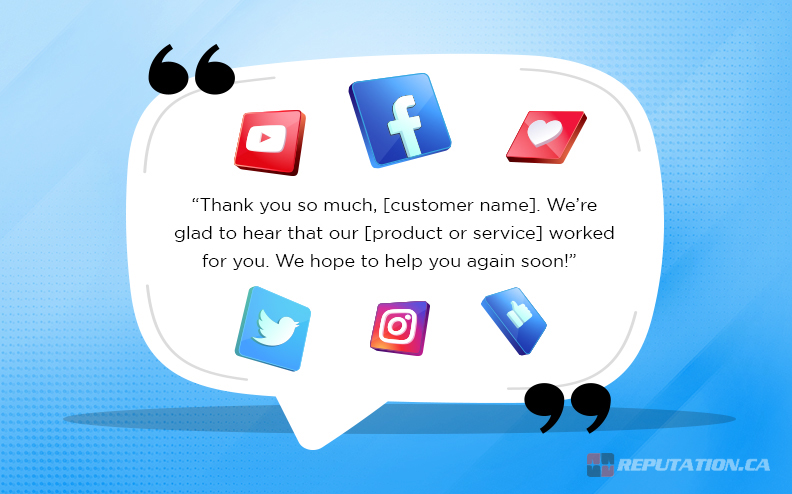
In that regard, there is a slight script to follow:
“Thank you so much, [customer name]. We’re glad to hear that our [service or product] worked for you. We hope to help you again soon!”
While brief, it shows an organic chemistry between you and the customer that can be verified by their following. This type of testimonial has the added benefit of being more trustworthy since it comes directly from the customer’s profile.
Template for Influencer Testimonials
We briefly touched on influencers in the previous section, but we did not discuss whether it is possible to get an influencer to leave a testimonial directly. Unlike the other testimonial types, an influencer testimonial is usually a paid review in which the influencer is paid to leave an honest testimonial. Unfortunately, many businesses adopt a more toxic mindset and use the agreement’s benefits to get the influencer to leave a positive review for a lackluster product.
That said, paying for good reviews is illegal, and influencers can only be paid to leave a testimonial if it is honest and you disclose the transaction to your customers. If an influencer volunteers a testimonial for free, that is even better, but paying for influencer testimonials is completely valid.
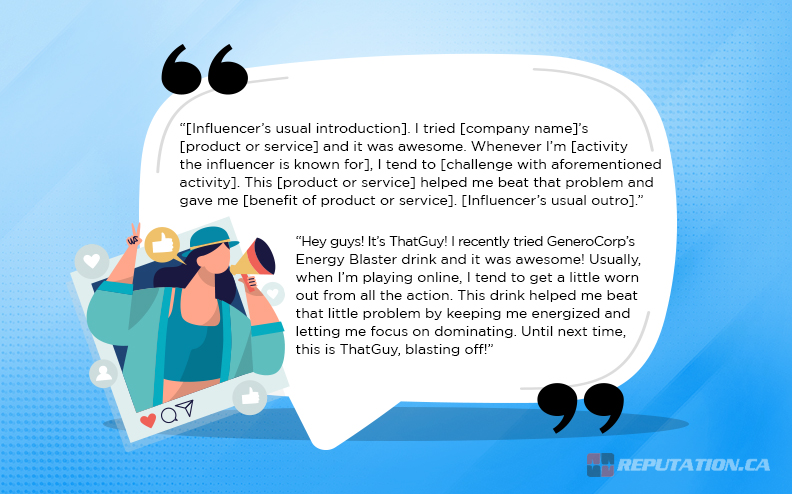
This brings us to the template for how the influencer should phrase their testimonial:
“[Influencer’s usual introduction]. I tried [company name]’s [service or product], and it was awesome. Whenever I’m [activity the influencer is known for], I tend to [challenge with aforementioned activity]. This [service or product] helped me beat that problem and gave me [benefit of product or service]. [Influencer’s usual outro].”
Let us say that GeneroCorp manufactures energy drinks for gamers instead of skincare products:
“Hey guys! It’s ThatGuy! I recently tried GeneroCorp’s Energy Blaster drink, and it was awesome! Usually, when I’m playing online, I tend to get a little worn out from all the action. This drink helped me beat that little problem by keeping me energized and letting me focus on dominating. Until next time, this is ThatGuy blasting off!”
Take Your Reputation Back!
We at Reputation know that bad reviews can destroy a business before it can succeed, which is why promoting good reviews is essential. Some companies incentivize reviews by offering discounts if their customers leave honest reviews. However, incentivizing testimonials is significantly better since the added detail and different mediums appeal to a wider range of potential customers.
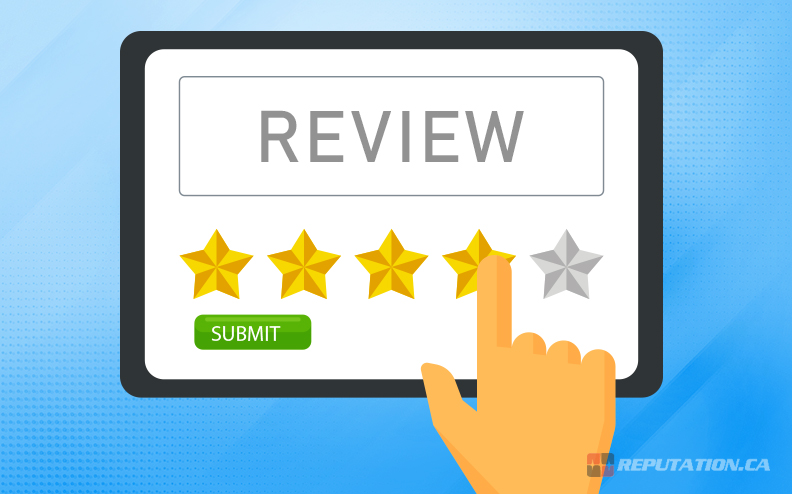
Unfortunately, keeping track of all the reviews and testimonials that are less flattering can be time-consuming and beyond your current resources. That is why we have dedicated ourselves to helping companies stay ahead of the reviews and testimonials about them and their products. There are no shortcuts concerning your public image, so visit our website and take your reputation back!




